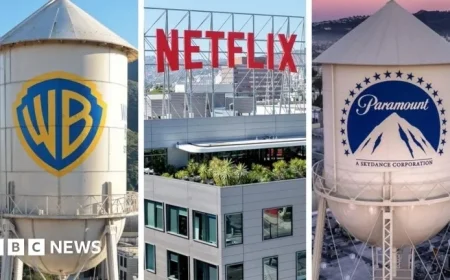OpenAI’s Trillion-Dollar Paradox: Loses $3 for Every $1 Earned

The rapid evolution of artificial intelligence has made OpenAI a central figure in the tech landscape. However, beneath the surface lies a troubling financial narrative. The company is incurring significant losses, raising questions about its long-term viability.
OpenAI’s Financial Landscape: A Trillion-Dollar Paradox
OpenAI is reported to have generated $4.3 billion in revenue during the first half of 2025. Despite this impressive figure, the company recorded net losses of $13.5 billion during the same period. This troubling statistic translates to a loss of $3 for every dollar earned.
Projected Losses and Operational Costs
If trends continue, OpenAI is on course for an astonishing annual loss of $27 billion by the end of 2025. This figure far exceeds previous estimates of $14 billion for 2026. Additionally, for every dollar of new revenue the company generates, it spends approximately $7.77, leading experts to term it a “money black hole.”
A Reckless Investment Strategy
- OpenAI plans to invest about $1.4 trillion annually in data centers and AI infrastructure until 2030.
- These investments include partnerships with major tech companies like TSMC, Samsung, and Intel.
- By 2029, operational costs from this infrastructure could reach around $650 billion annually.
- OpenAI’s anticipated revenue target for the same year is only $125 billion.
This disparity indicates that even achieving revenue targets wouldn’t stabilize the company; it could still face a half-trillion dollar annual deficit.
Technical Challenges and Internal Criticism
OpenAI’s own researchers have identified a core issue known as “hallucinations.” This refers to the AI’s tendency to generate inaccurate or fabricated information. They acknowledge that merely increasing data and compute power will not resolve this inherent flaw.
- Active learning, which involves extensive human oversight, has been suggested as a potential workaround.
- However, this approach is also viewed as expensive, often making human labor the more cost-effective option.
This internal acknowledgment highlights a fundamental flaw in OpenAI’s aggressive expansion strategy.
Industry-Wide Implications of OpenAI’s Struggles
While OpenAI lags in profitability, a broader trend is apparent: 95% of AI pilot projects fail to deliver measurable success. This reality contrasts sharply with the rampant hype surrounding AI technologies. User engagement with OpenAI’s flagship product, ChatGPT, has reportedly peaked and begun to wane.
The Incentive Structure Behind OpenAI’s Approach
Critics argue that OpenAI is more focused on elevating stock valuations than on developing sustainable AI technologies. Executives, including CEO Sam Altman, are compensated based on company performance metrics that do not prioritize profitability. This misalignment between incentives and realistic goals poses significant risks to the organization’s future.
The Future of OpenAI and the AI Sector
The need for radical restructuring of OpenAI is apparent. The company, which controls 61% of the U.S. generative AI market, is crucial to industry stability. As it stands, a failure of OpenAI could have traumatic repercussions for the entire AI sector, jeopardizing over $192.7 billion in venture capital funds.
The paradox of OpenAI reflects a company operating on the premise of advanced capabilities while engaging in questionable financial practices. The forthcoming years will determine the ultimate impact of these strategies on the sector and beyond.































